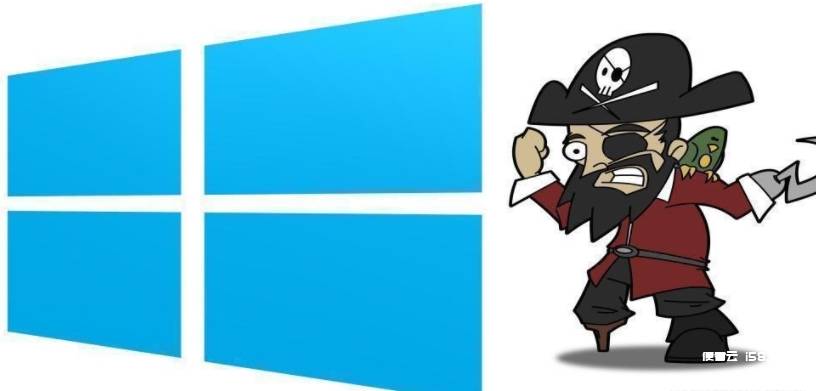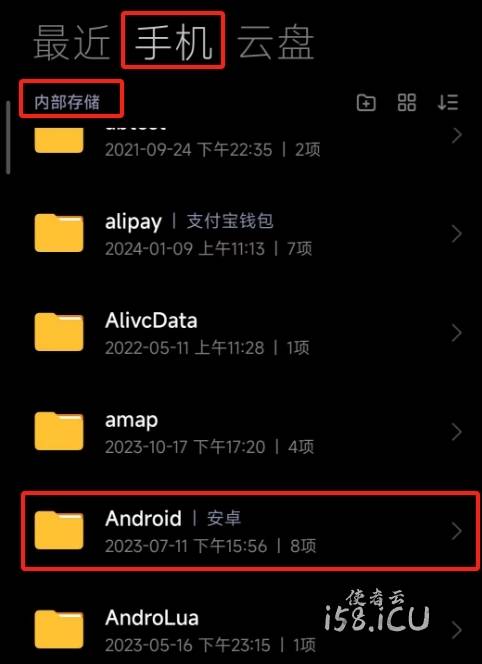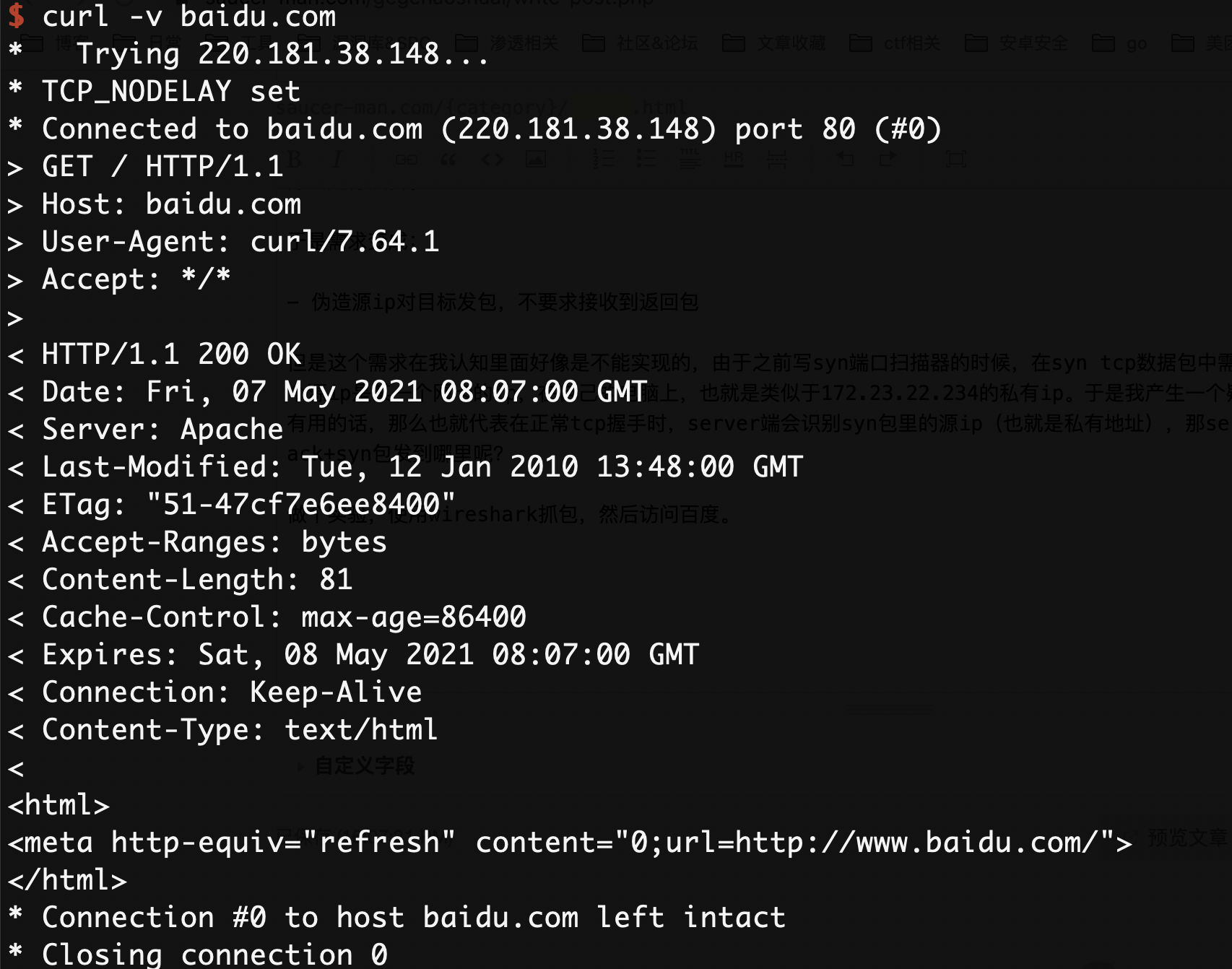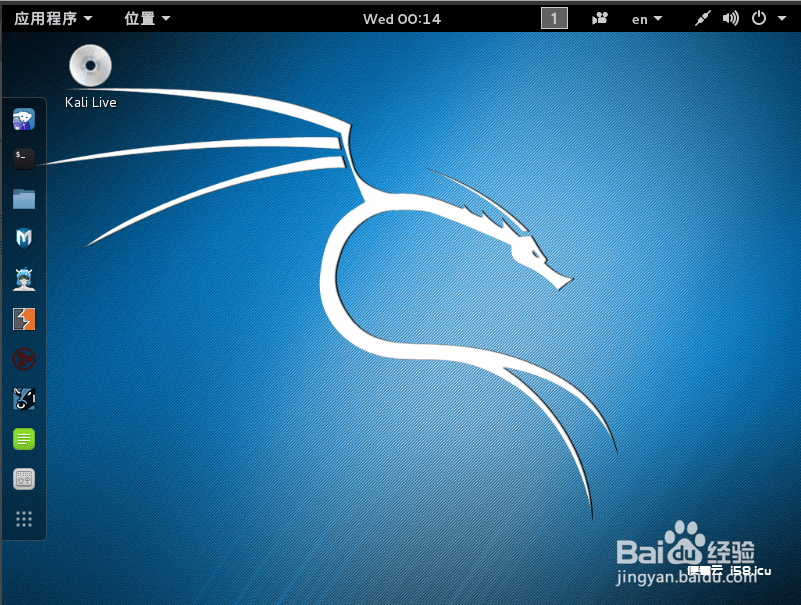t4 – WMIC的神秘艺术
我在这里单独的拿出WMIC(Windows Management Instrumentation Command-Line)来讲解,是因为它是Windows平台下最有用的命令行工具。
WMIC在信息搜集和后渗透测试阶段非常实用。话虽这么说,其实它是有一点笨重的,因为它有时候会输出比我们需要的信息更多的信息。
要完全讲完WMIC的使用,要耗费很长的时间。还有不得不提的是,一些输出可能会因为它的格式,很难在命令行下完美的展示出来。
在这里安利两个WMIC的教程:
[Command-Line Ninjitsu (SynJunkie)]
[Windows WMIC Command Line (ComputerHope)]
不幸的是,一些windows默认的配置是不允许使用WMIC命令的,除非你是管理员组成员。经过我的测试,在XP下低权限用户是不能使用WMIC命令,但是在Windows 7 和Windows 8下,低权限用户可以使用WMIC,且不用更改任何设置。这正是我们使用WMIC搜集目标机器信息的前提。
下面是WMIC的命令行帮助:
C:\Windows\system32> wmic /?
[global switches]
The following global switches are available:
/NAMESPACE Path for the namespace the alias operate against.
/ROLE Path for the role containing the alias definitions.
/NODE Servers the alias will operate against.
/IMPLEVEL Client impersonation level.
/AUTHLEVEL Client authentication level.
/LOCALE Language id the client should use.
/PRIVILEGES Enable or disable all privileges.
/TRACE Outputs debugging information to stderr.
/RECORD Logs all input commands and output.
/INTERACTIVE Sets or resets the interactive mode.
/FAILFAST Sets or resets the FailFast mode.
/USER User to be used during the session.
/PASSWORD Password to be used for session login.
/OUTPUT Specifies the mode for output redirection.
/APPEND Specifies the mode for output redirection.
/AGGREGATE Sets or resets aggregate mode.
/AUTHORITY Specifies the for the connection.
/?[:<BRIEF|FULL>] Usage information.
For more information on a specific global switch, type: switch-name /?
The following alias/es are available in the current role:
ALIAS - Access to the aliases available on the local system
BASEBOARD - Base board (also known as a motherboard or system board) management.
BIOS - Basic input/output services (BIOS) management.
BOOTCONFIG - Boot configuration management.
CDROM - CD-ROM management.
COMPUTERSYSTEM - Computer system management.
CPU - CPU management.
CSPRODUCT - Computer system product information from SMBIOS.
DATAFILE - DataFile Management.
DCOMAPP - DCOM Application management.
DESKTOP - User's Desktop management.
DESKTOPMONITOR - Desktop Monitor management.
DEVICEMEMORYADDRESS - Device memory addresses management.
DISKDRIVE - Physical disk drive management.
DISKQUOTA - Disk space usage for NTFS volumes.
DMACHANNEL - Direct memory access (DMA) channel management.
ENVIRONMENT - System environment settings management.
FSDIR - Filesystem directory entry management.
GROUP - Group account management.
IDECONTROLLER - IDE Controller management.
IRQ - Interrupt request line (IRQ) management.
JOB - Provides access to the jobs scheduled using the schedule service.
LOADORDER - Management of system services that define execution dependencies.
LOGICALDISK - Local storage device management.
LOGON - LOGON Sessions.
MEMCACHE - Cache memory management.
MEMORYCHIP - Memory chip information.
MEMPHYSICAL - Computer system's physical memory management.
NETCLIENT - Network Client management.
NETLOGIN - Network login information (of a particular user) management.
NETPROTOCOL - Protocols (and their network characteristics) management.
NETUSE - Active network connection management.
NIC - Network Interface Controller (NIC) management.
NICCONFIG - Network adapter management.
NTDOMAIN - NT Domain management.
NTEVENT - Entries in the NT Event Log.
NTEVENTLOG - NT eventlog file management.
ONBOARDDEVICE - Management of common adapter devices built into the motherboard (system board).
OS - Installed Operating System/s management.
PAGEFILE - Virtual memory file swapping management.
PAGEFILESET - Page file settings management.
PARTITION - Management of partitioned areas of a physical disk.
PORT - I/O port management.
PORTCONNECTOR - Physical connection ports management.
PRINTER - Printer device management.
PRINTERCONFIG - Printer device configuration management.
PRINTJOB - Print job management.
PROCESS - Process management.
PRODUCT - Installation package task management.
QFE - Quick Fix Engineering.
QUOTASETTING - Setting information for disk quotas on a volume.
RDACCOUNT - Remote Desktop connection permission management.
RDNIC - Remote Desktop connection management on a specific network adapter.
RDPERMISSIONS - Permissions to a specific Remote Desktop connection.
RDTOGGLE - Turning Remote Desktop listener on or off remotely.
RECOVEROS - Information that will be gathered from memory when the operating system fails.
REGISTRY - Computer system registry management.
SCSICONTROLLER - SCSI Controller management.
SERVER - Server information management.
SERVICE - Service application management.
SHADOWCOPY - Shadow copy management.
SHADOWSTORAGE - Shadow copy storage area management.
SHARE - Shared resource management.
SOFTWAREELEMENT - Management of the elements of a software product installed on a system.
SOFTWAREFEATURE - Management of software product subsets of SoftwareElement.
SOUNDDEV - Sound Device management.
STARTUP - Management of commands that run automatically when users log onto the computer
system.
SYSACCOUNT - System account management.
SYSDRIVER - Management of the system driver for a base service.
SYSTEMENCLOSURE - Physical system enclosure management.
SYSTEMSLOT - Management of physical connection points including ports, slots and
peripherals, and proprietary connections points.
TAPEDRIVE - Tape drive management.
TEMPERATURE - Data management of a temperature sensor (electronic thermometer).
TIMEZONE - Time zone data management.
UPS - Uninterruptible power supply (UPS) management.
USERACCOUNT - User account management.
VOLTAGE - Voltage sensor (electronic voltmeter) data management.
VOLUME - Local storage volume management.
VOLUMEQUOTASETTING - Associates the disk quota setting with a specific disk volume.
VOLUMEUSERQUOTA - Per user storage volume quota management.
WMISET - WMI service operational parameters management.
For more information on a specific alias, type: alias /?
CLASS - Escapes to full WMI schema.
PATH - Escapes to full WMI object paths.
CONTEXT - Displays the state of all the global switches.
QUIT/EXIT - Exits the program.
For more information on CLASS/PATH/CONTEXT, type: (CLASS | PATH | CONTEXT) /?为了省时省力,我写了一个可以放在目标机器上,调用WMIC来提取下面信息(进程,服务,用户,用户组,网络连接,硬盘信息,网络共享信息,已安装补丁,启动项,已安装的软件,操作系统的相关信息,和时区)的脚本。
感谢您的来访,获取更多精彩文章请收藏本站。





















暂无评论内容